Optimal Timing for Water Treatments
Water treatments are essential for maintaining water quality and ensuring the longevity of plumbing systems. Proper timing of treatments can optimize effectiveness and prevent issues such as scale buildup, corrosion, and microbial growth. Understanding the optimal periods for water treatment application helps in achieving consistent water quality standards.
Water treatments are most effective when applied before seasonal temperature changes, especially in colder months to prevent freezing and in warmer months to control microbial growth.
Applying treatments during periods of high water usage ensures better distribution and effectiveness across the entire system.
Scheduling water treatments after routine system inspections helps identify areas needing targeted treatment and maintenance.
Treatments should be performed when there are changes in water sources or supply quality to address new contaminants or mineral levels.
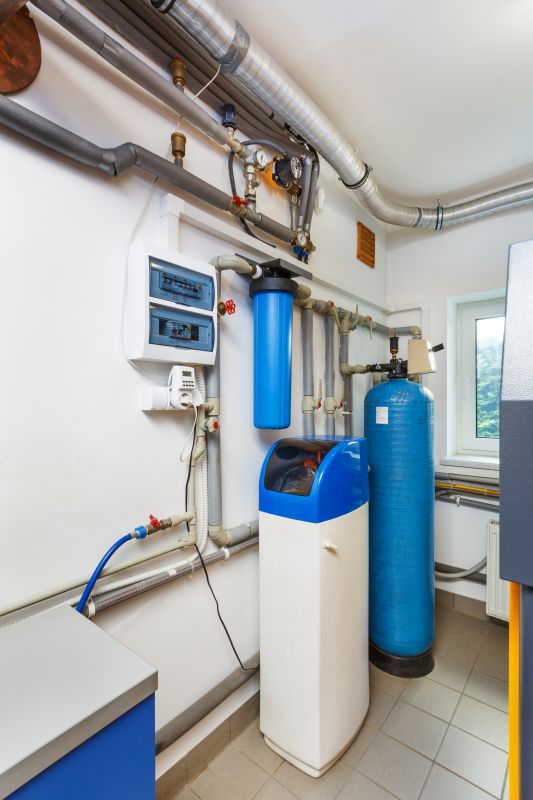
Ways to make Water Treatments work in tight or awkward layouts.

Popular materials for Water Treatments and why they hold up over time.

Simple add-ons that improve Water Treatments without blowing the budget.
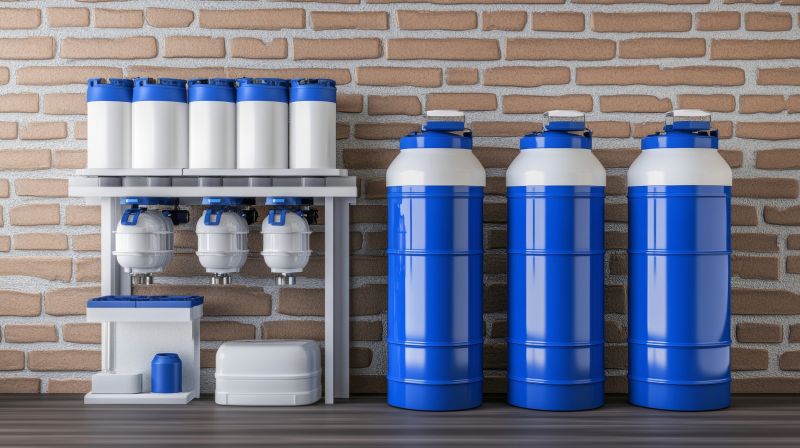
High-end options that actually feel worth it for Water Treatments.
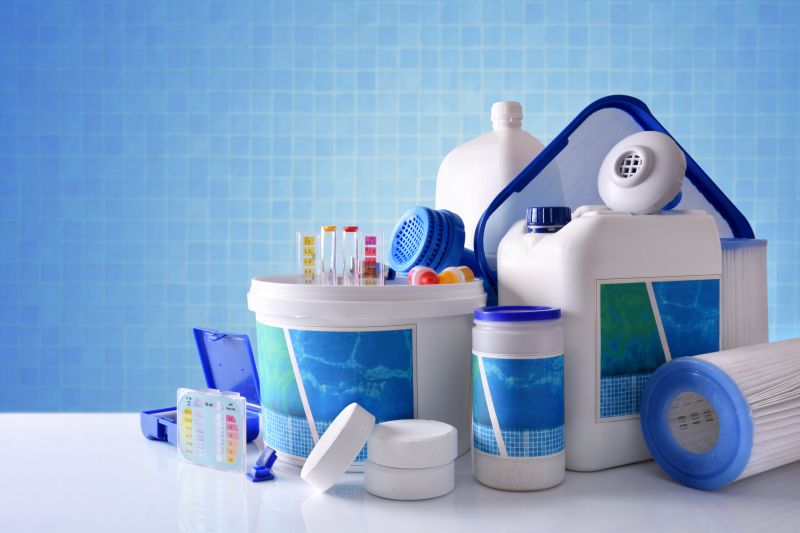
Finishes and colors that play nicely with Water Treatments.

Little measurements that prevent headaches on Water Treatments day.

A 60-second routine that keeps Water Treatments looking new.

A frequent mistake in Water Treatments and how to dodge it.
| Timing Factor | Recommended Action |
|---|---|
| Winter | Apply treatments before cold weather to prevent freezing and pipe damage. |
| Spring | Perform system flushes and microbial control treatments. |
| Summer | Address microbial growth and mineral scaling during high usage. |
| Fall | Prepare system for colder months with preventive treatments. |
| Post-Repair | Treat system after repairs or renovations to prevent contamination. |
Water treatments involve various processes such as filtration, chemical dosing, and disinfection to improve water quality. Proper timing ensures these processes are most effective in controlling contaminants, reducing scaling, and preventing corrosion. Regular assessments and timely treatments can extend the lifespan of plumbing infrastructure and enhance water safety.
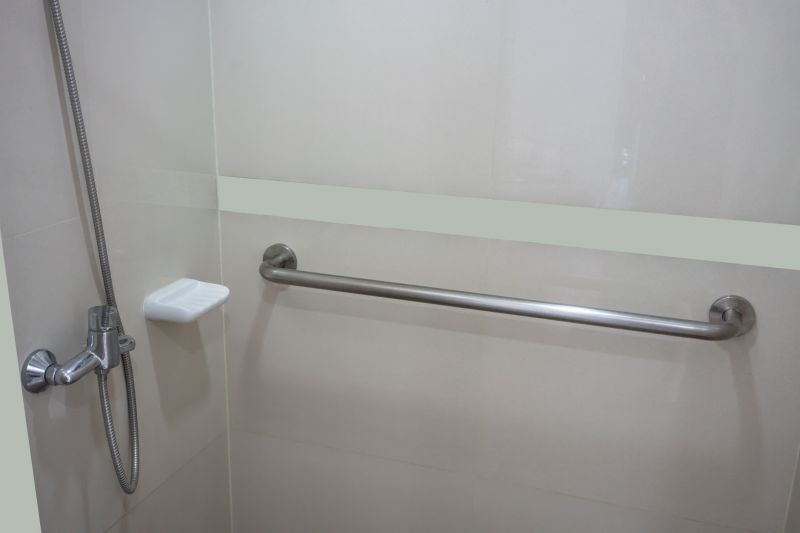
Small tweaks to make Water Treatments safer and easier to use.
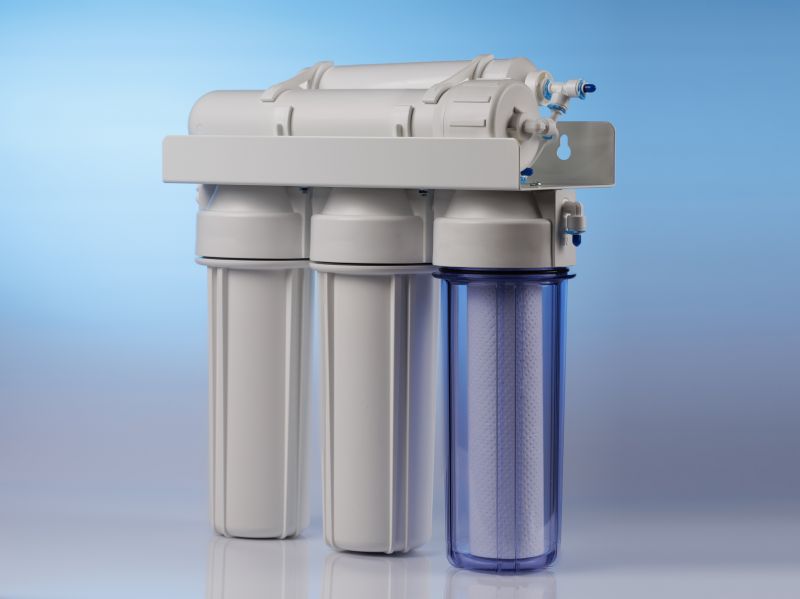
Lower-waste or water-saving choices for Water Treatments.
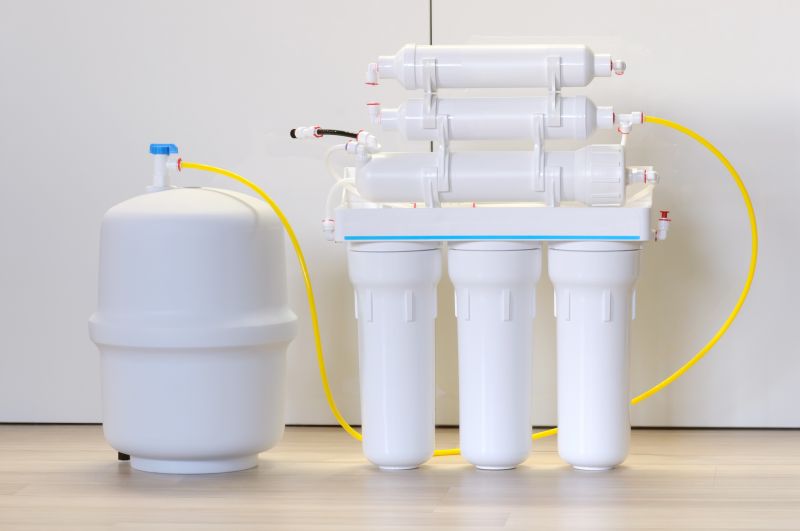
The short, realistic tool list for quality Water Treatments.
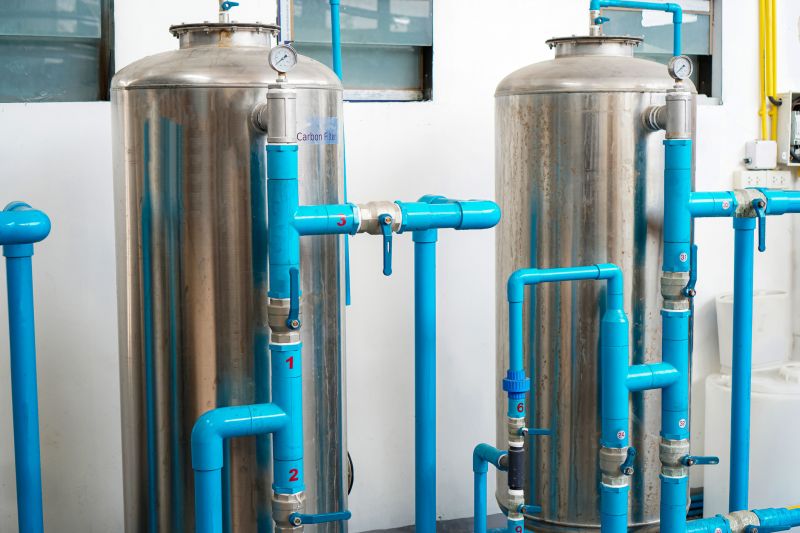
Rough timing from prep to clean-up for Water Treatments.

Quick checks and paperwork to keep after Water Treatments.
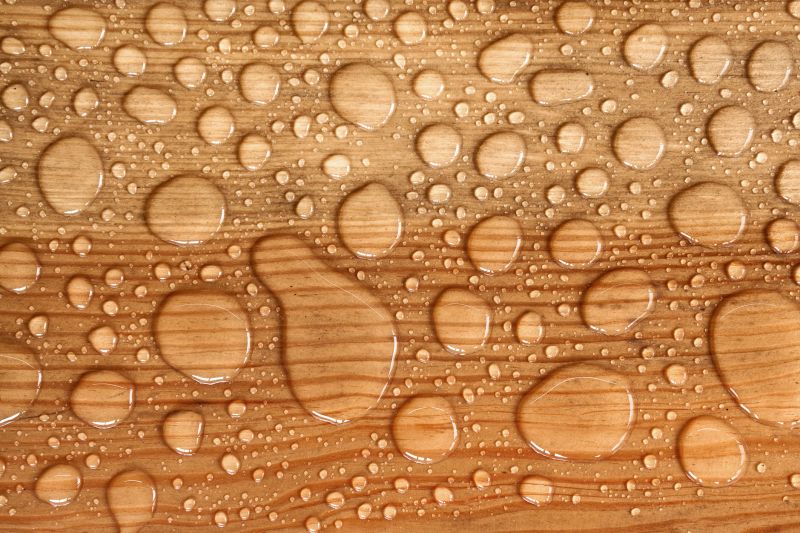
Examples that show the impact a good Water Treatments can make.

Ways to make Water Treatments work in tight or awkward layouts.
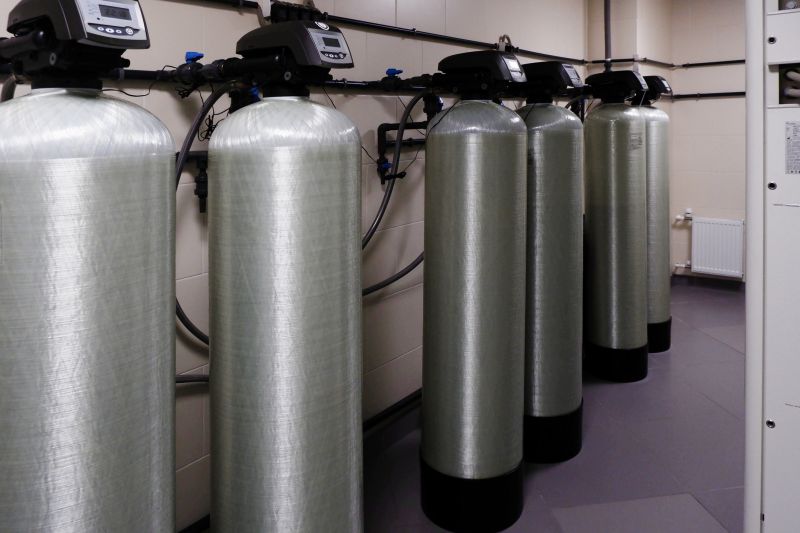
Ways to make Water Treatments work in tight or awkward layouts.
Scheduling water treatments at appropriate times based on usage patterns, seasonal changes, and system conditions can lead to more efficient water quality management. Regular monitoring and proactive treatment strategies are key to maintaining optimal water system performance.
Interested in scheduling water treatments? Fill out the contact form to receive more information and assistance tailored to specific water system needs.

